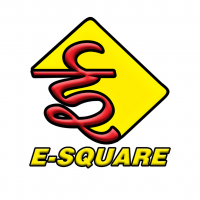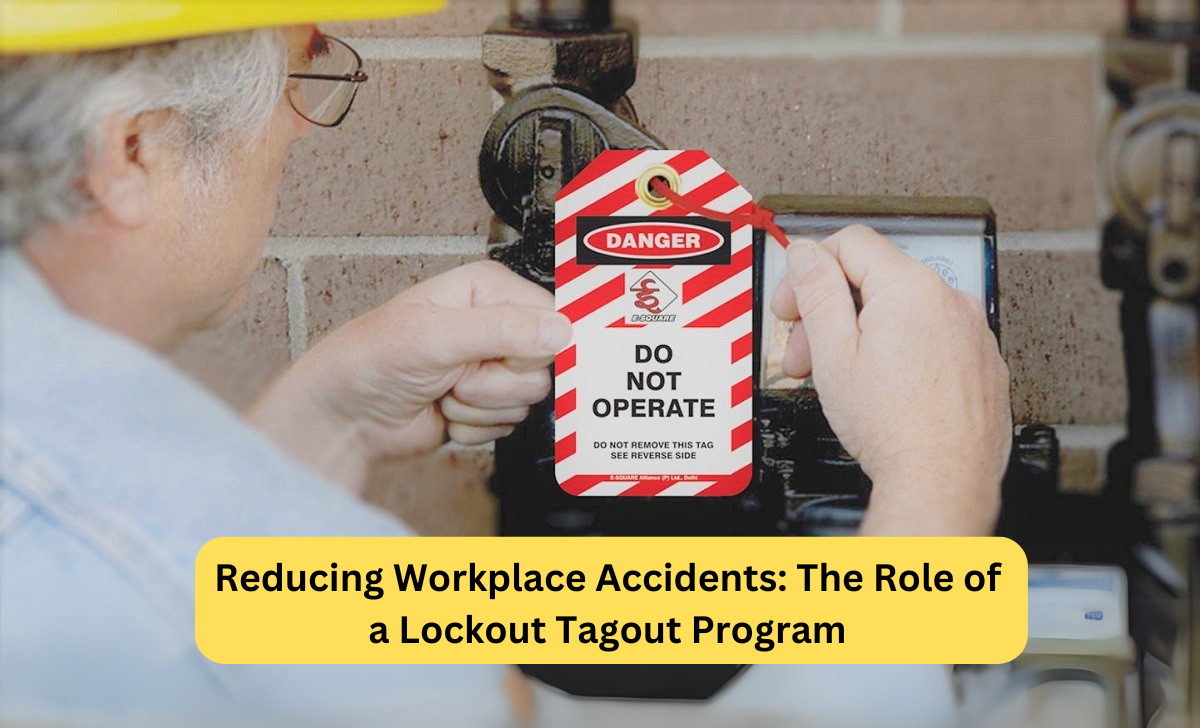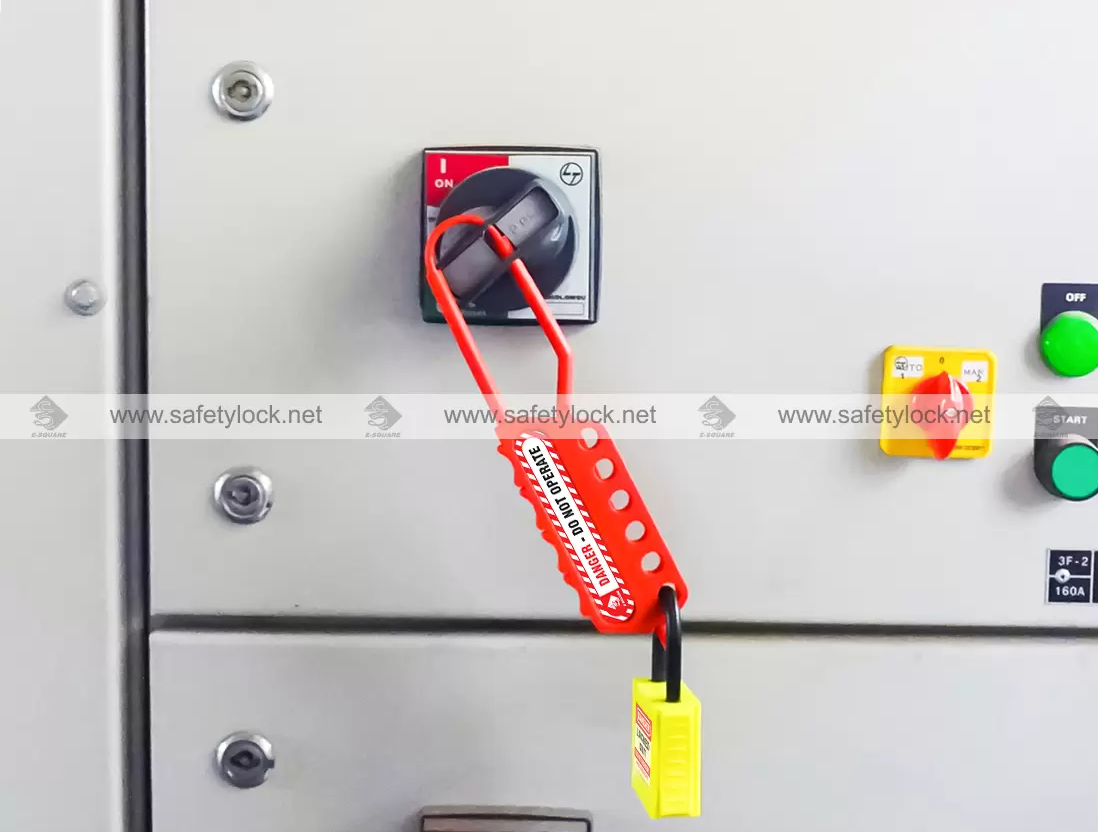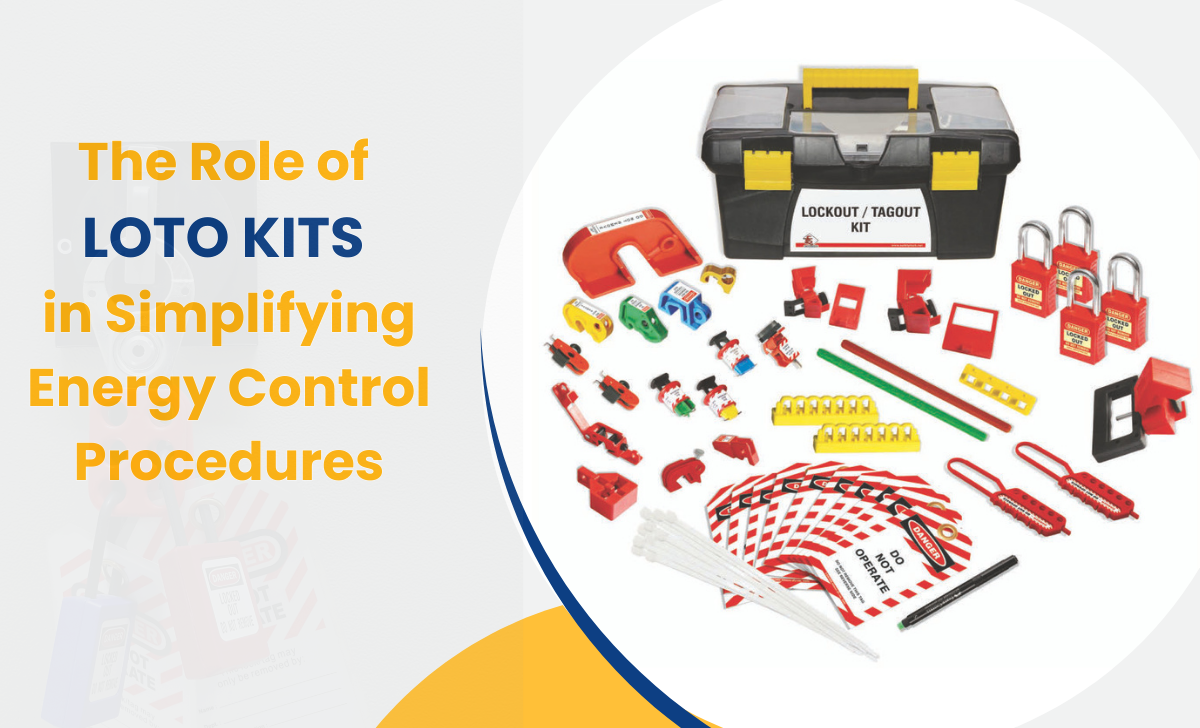Who is responsible for Lockout Tagout
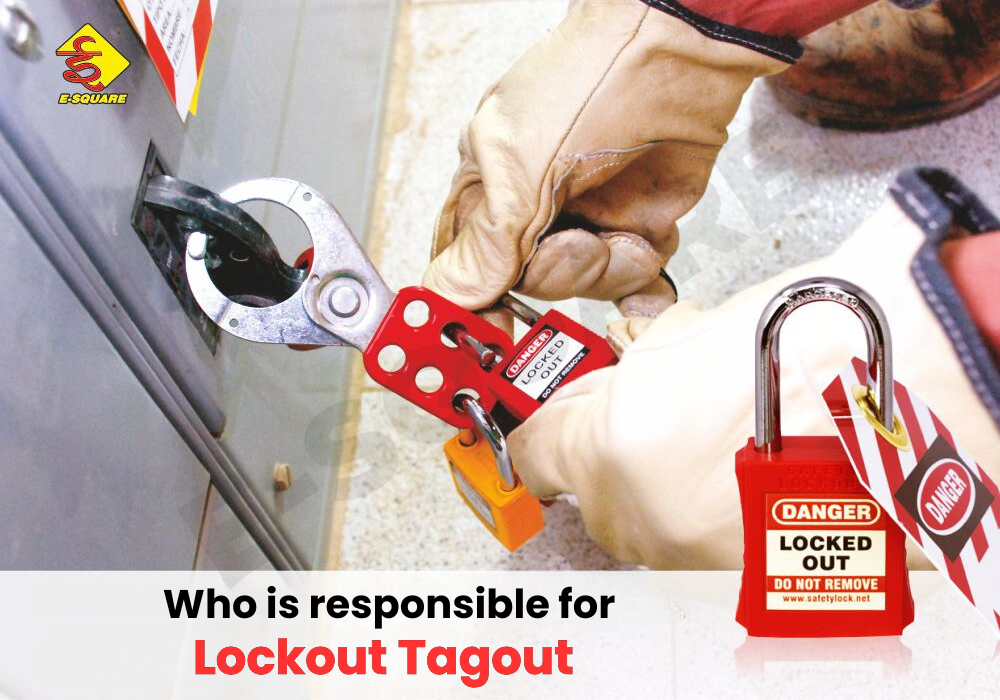
Strong 8k brings an ultra-HD IPTV experience to your living room and your pocket.
A number of fundamental aspects support the domain of occupational safety and health, all with the goal of achieving a critical goal: work must be performed in a safe and healthy setting. Workers, as well as employers and government agencies, must fight to preserve workers' safety rights and seek to build and maintain acceptable working conditions and a good employment culture.
Lockout Tagout safety procedures are one of the key components of every industry's safety program. Lockout Tagout (LOTO) is a form of energy control programme that prevents employees from being injured by a machine's unexpected start-up or the release of hazardous energy while conducting maintenance tasks.
Who is Responsible for LOTO
Lockout Tagout procedures are set up to safeguard personnel during machine and equipment service or maintenance when unexpected equipment energisation, start-up, or release of energy might result in damage. Once the lockout tagout programme is in place, distinct groups of employees are responsible for offering and receiving training, supplying the appropriate devices for the lockout tagout processes, and conducting routine evaluations. In short, each employee in the organisation has a role to play in the lockout programme. The most excellent method to establish a consistent, well-managed lockout programme is to gain the commitment and participation of all organisational levels.
Top Management’s Role
A successful lockout/tagout programme originates with top management's support. Due to the fact that occupational dangers often occur in the workplace, the employer must provide a secure and healthy work atmosphere. The employers' responsibilities extend beyond policy creation to include an understanding of occupational hazards and a commitment to helping to ensure that business practices promote workplace safety and health.
The executive board of a facility is in charge of establishing the strategy and carrying out employment practices. The manager and supervisor are in charge of developing the lockout tagout programme as well as recording all specialised energy control processes. This entails determining which personnel, machinery, equipment, and procedures must be included. Managers, supervisors or employers are accountable for ensuring that employees are sufficiently trained for the task that they are expected to perform.
Employees Role
Once the processes and regulations are in place, the duty of carrying them out falls on the employees. Workers have an obligation to ensure their safety in addition to the safety of anyone whom their actions or neglect may harm. They must retain the necessary knowledge, skills, and strengths to carry out lockout operations while maintaining a safety mentality throughout the process.
Authorised personnel are responsible for not just following the guidelines that have been established but also identifying any issues with any of those processes, the equipment, or the lockout tagout process.
Affected employees must actively participate in basic safety training. They must pay attention to the appropriate warnings provided by installing a lockout device and establish awareness of lockout procedures for all machinery in their work area.
All the other employees must be informed about the ongoing procedure. This personnel must also be advised that attempting to resume or re-energize locked-out and tagged-out machinery or equipment is prohibited.
Govt Duties
The government is legally liable for developing occupational safety and health policies and ensuring their implementation. The relevant jurisdiction must issue and evaluate regulatory requirements or practice guidelines regularly; initiate investigations to recognise hazards and find solutions to them; offer pertinent additional data and guidance to both employers and workers; and take the correct actions to prevent disasters where potential dangers seem to be significant. This type of development also fosters a pleasant socioeconomic atmosphere and improves the efficiency and productivity of industrial organisations.
OSHA was created in 1990 concerning the lack of safety guidelines to ensure that employees have a safe workplace culture. OSHA's lockout/tagout standard specifies the processes facilities must have to regulate hazardous energy and when and how procedures must be applied.
Health and Safety Officers
According to governmental policy, establishing workers' safety representatives, workers' safety and health committees, or collaborative safety and health commissions comprised equally of workers' and employers' members might enhance collaboration between diverse groups. Health and safety officials are well-known for their effectiveness in evaluating shopfloor activities' safety and health elements and implementing remedial actions as needed.
Such practitioners or committees provide an essential forum for debate and collaborative action to promote safety and health. Experts can be consulted when vital new health and safety initiatives are planned and implemented, as well as when contemplating changes to work procedures or work structure that could have safety or health consequences for workers. The most positive results appear to have been obtained when the administration focused on raising workers' knowledge of their critical role in safety and health and encouraging them to accept their duties more completely.
Conclusion
Any lockout system should prioritize safety, stabilise compliance, and encourage long-term sustainability. To achieve those three objectives, it is vital that all levels of the company assume responsibility for lockout development, implementation, and assessment. A safety system must incorporate all of the methods and ingredients required to create and sustain a culture of preventative safety and health. The safety of all workers will be considerably improved if all individuals at a facility understand their respective roles during lockout tagout.
Note: IndiBlogHub features both user-submitted and editorial content. We do not verify third-party contributions. Read our Disclaimer and Privacy Policyfor details.

